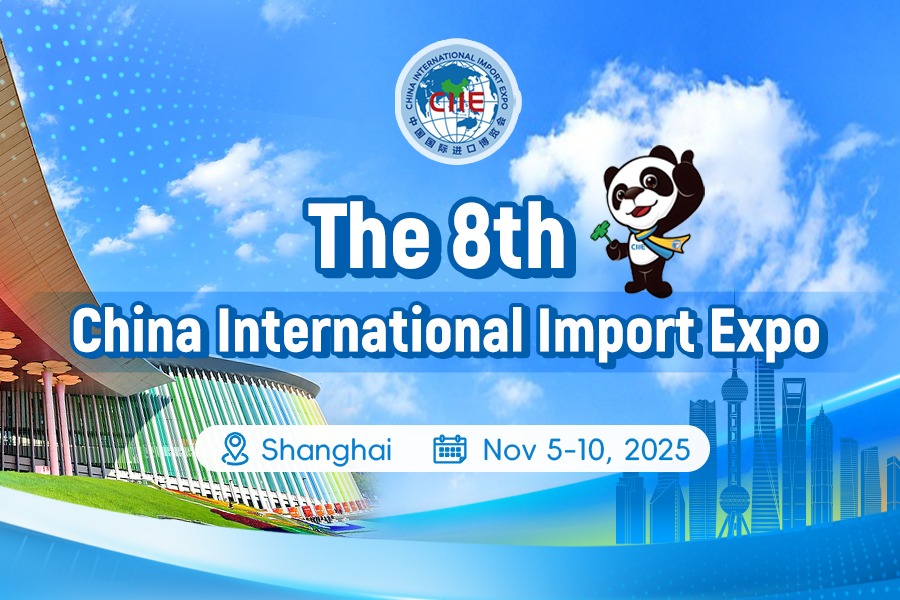Over horizon policy to help boost demand
PBOC to ensure ample liquidity while reducing overall financing costs


While supportive monetary policies can be expected in 2025, experts anticipate more incremental policies to stabilize China's economic growth and boost domestic demand.
They made such comments after Pan Gongsheng, governor of the People's Bank of China — the central bank — said on Monday that the PBOC will continue to adhere to a supportive monetary policy stance in the upcoming year and use a mix of policy tools to strengthen countercyclical adjustments.
The PBOC will work to ensure reasonable and ample liquidity while reducing overall financing costs for businesses and households, said Pan when addressing a financial forum in Beijing.
The central bank announced on Monday the inclusion of residential demand deposits and prepaid funds received by nonbank payment institutions into M1 calculations, which are now made up of currency in circulation (M0) and corporate demand deposits.
Scheduled to take effect in 2025, M1 — the most liquid portion of money supply — will see its growth rate fluctuate more moderately, said experts from CITIC Securities.
This change, which is in line with changes of payment habits, will help to provide better interpretations of China's economic activity and restructuring trends, they said.
A top-level meeting aiming to set the tone for next year's macroeconomic policies, which will be held later this month, will provide more active guidance for 2025, said Ming Ming, chief economist at CITIC Securities.
While the PBOC has been quite clear about a supportive monetary policy, Ming said that quantity-focused monetary tools may work better than pricing-focused tools in terms of boosting economic growth over the short run.
Open market operations with repurchase agreements and purchase of government bonds may be options for the PBOC to further stabilize liquidity fluctuations, he said.
Wei Jie, a professor at the School of Economics and Management at Tsinghua University, said that there should be ample money supply to ensure China's economic growth. In other words, the growth rate of M2 and that of social retail (social media interactions with buyers facilitating simultaneous transactions on both physical and digital channels) should outperform that of the nominal GDP.
Pan also said at the Monday forum that structural monetary tools should play a bigger role in supporting technological innovation, green finance and consumer finance.
Incremental supportive monetary policies should facilitate fiscal policies, of which issuing bonds will be a focal point in the future. The PBOC can buy bonds — including government bonds — to support the stable implementation of fiscal measures, said Wei.
On top of that, low interest rates should be a big part of incremental supportive monetary policies. This will not only help lower consumption and investment costs, but is also conducive to the development of green finance, fintech and digital finance, said Wei.
Shan Hui, Goldman Sachs' chief China economist, said that there is room for the PBOC to conduct a 50 basis point cut in the reserve requirement rate by the end of this year.
Shan expects the central bank to conduct two RRR cuts in 2025, one every six months.
The room for interest rate cuts is 40 basis points for next year if inflation remains low in China, she added.
When it comes to increased tariffs on China as possibly planned by the incoming United States' administration, Goldman Sachs' basic estimation uses a weighted average of a potential 20 percent increase on Chinese imports.
Based on past experience, the yuan would depreciate to some extent after a tariff increase policy was announced. Therefore, the USD/CNY rate will reach a 7.5 level in the six to 12 months' time span, according to Goldman Sachs.
The exchange rate for offshore renminbi, which reflects international investors' expectations, fell below 7.31 per US dollar on Tuesday morning, the lowest level since November last year.
As explained by experts from China International Capital Corp Ltd, market risk appetite has been affected by president-elect Donald Trump's statements on tariffs and trade policies, supporting a stronger US dollar in the short run. But such an impact has already been priced in over the past month and will weaken in December, they said.
Zhou Lanxu in Beijing contributed to this story.




































